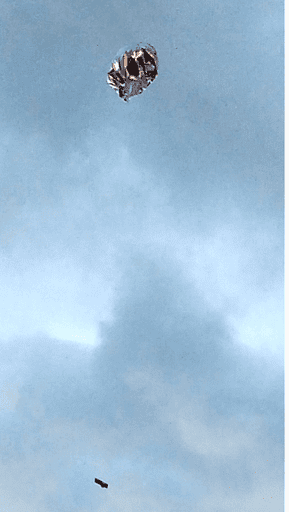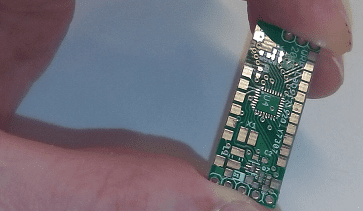
We have had other balloonists on the QSO Today podcast including Keith Kaiser, WA0TJT, in Episode 82, who uses the large latex weather balloons which require large amounts of helium to take these balloons in the stratosphere where they break and fall back to Earth. The cost of these launches can exceed one-thousand US dollars. These, often one-day high altitude events, involve chasing the balloon to the place where the payload eventually lands by parachute.
Hans shared with me another idea. What if you could make the payload so small and so light that you could use the Mylar party balloons sold in gift stores to do a high altitude balloon launch that stays in the sky for weeks, traveling around the world? Furthermore, rather than using a VHF radio, what if you used a HF transmitter/beacon that leverages the world wide amateur radio network of WSPRnet receivers to track the balloon location and altitude to display on a website for the balloon launch? This is exactly what Hans is doing with VE3KCL in his balloon launches. Hans has leveraged the WSPRnet network to track these high altitude world traveling amateur radio balloons.

I can’t wait to get one of these QRP Labs transponders when they are available to do my own balloon launches. The price is right and the opportunity to interest others in ham radio is now.



 RSS Feed
RSS Feed